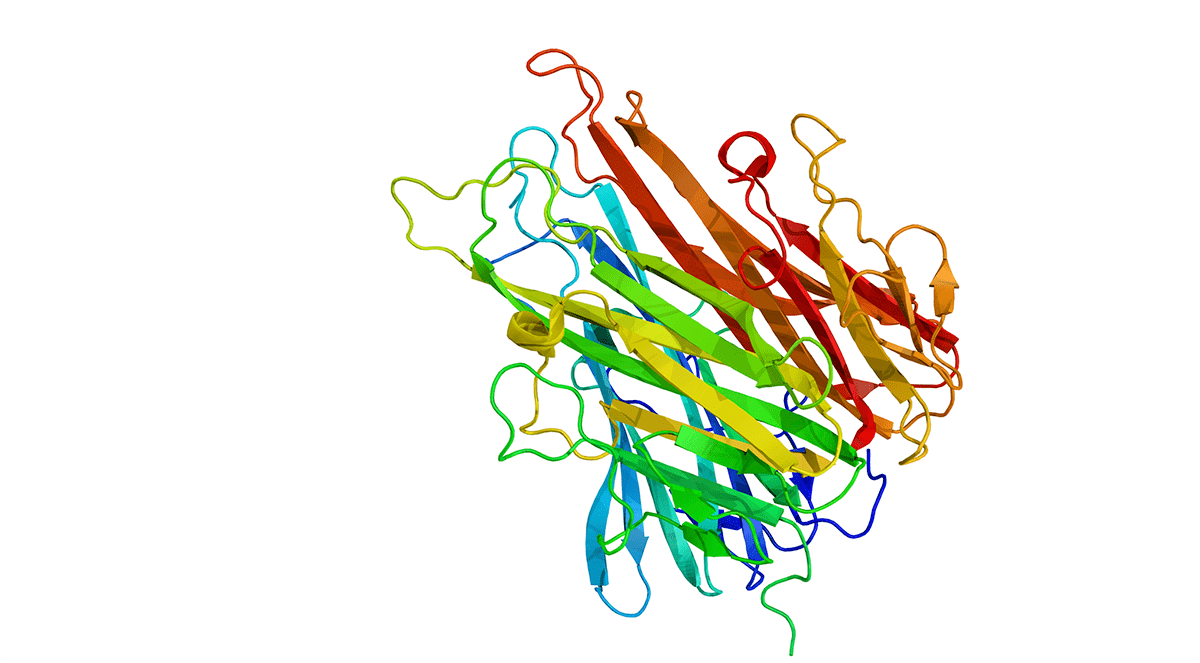For a study, the researchers found that targeting vasculature, which is vital in oxygen and nutrient supply, represented a new frontier in treating cancer. The angiogenesis inhibitors compromised the development of new blood vessels. On the other hand, the second class of vascular disrupting agents (VDAs) targeted the endothelial cells and pericytes of the already confirmed tumor vasculature. It, in turn, resulted in tumor ischemia and necrosis. Researchers segregated vascular disrupting agents (VDAs) into two varieties: ligand-directed VDAs and small molecules. The targeting and effector moieties were connected together in the ligand-directed VDAs. However, the costs and lack of specificity and toxicity seemed to confine the clinical effectiveness of ligand-directed VDAs. The small molecules contained two classes: synthetic flavonoids and tubulin-binding agents. The former class would work through the induction of local cytokine production.
The researchers’ purpose in the investigation was to examine the hypothesized molecular mechanisms of action of VDAs and their early preclinical and clinical outcomes in the treatment of patients with non-small cell lung cancer, which is the prime cause of cancer deaths globally. They primarily put emphasis on ASA404, combretastatin A-4 disodium phosphate, ABT-751, and NPI-2358. The researchers also discussed the subsequent developments in this field of the cancer population.
Link:theoncologist.onlinelibrary.wiley.com/doi/10.1634/theoncologist.2008-0287


